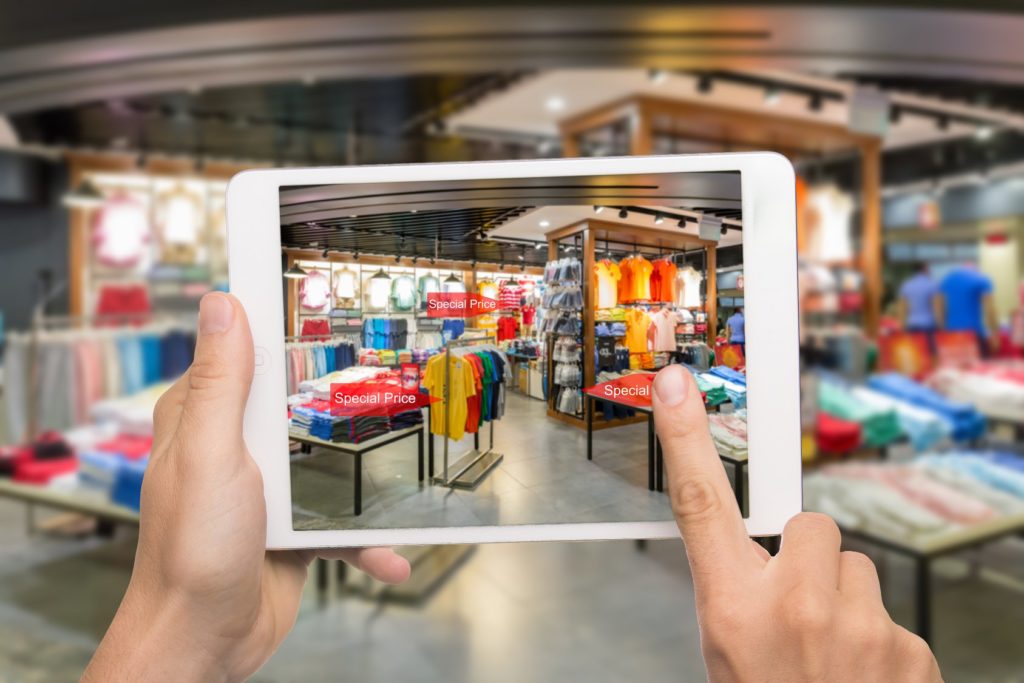
Stuck between a rock and a hard place! Have you ever heard that saying before? I think a lot of local business owners—especially retailers—must have that feeling right now.
I say this because about 90% of all retail sales are still happening inside brick-and-mortar locations, yet the pressure of e-commerce is unrelenting. As you can see from the growth curve in the chart below, e-commerce sales are steadily increasing, and I don’t think there are any economic forces that will slow down that growth right now. In fact, as millennials and Generation Z become the majority of consumers, and Baby Boomers decrease in numbers, reliance on e-commerce may grow even more quickly.

Image source: U.S. Census Bureau
The “rock and hard place” for retailers are these two points:
- Retailers must market and sell online (providing a great customer experience), and
- Retailers must continue to market via legacy channels and provide a great in-store experience.
This means that retailers need to be digitally fluent, but at the same time be experts at traditional retailing skills. There are even more interesting twists because digital marketing and in-store selling overlap. It’s increasingly important to leverage the internet to get people into your physical location, and in a similar way, smart retailers are leveraging their in-store customer interactions to enhance their digital marketing.
Integrating online and brick-and mortar
Do you have all of these bases covered?
- Can prospects buy from your website?
- Can prospects make inquiries via the internet?
- Does your in-store customer experience create loyalty, even brand ambassadors?
- Does your website navigation create a pleasing online experience?
- Do you capture email addresses at your physical location?
- Does the look and feel of your website reflect the same brand image as the look of your physical location, and vice versa?
- Do your website and physical locations have a look and feel that appeals to your prospects?
- Do you attend to in-store and online customers with the same level of promptness, courtesy, and efficiency?
It’s important to note that the major players in retail are working hard to integrate online and brick-and-mortar. Amazon is opening local outlets and using Whole Foods as a location for deliveries and returns; Walmart, Bass Pro Shops, Home Depot, and others are giving online customers the option of in-store order pickup. Many retailers are sending receipts to customers via email.
As you can see from the bulleted list and my observations about some of the plays the national chains are making, the retail infrastructure ecosystem must quickly evolve to accommodate these changes. Companies like Amazon and Walmart can grow the software and systems in-house to pull off any brick-and-mortar-and-online magic that they may envision, but smaller companies need to find off-the-shelf solutions.
Other Articles From AllBusiness.com:
For local establishments, such as retailers and restaurants, looking to launch a polished online presence, a variety of DIY, drag-and-drop, template-based online website creation services are available. A point-of-sale system compatible with both local and online sales is an important component element. In addition, a point-of-sale system has to be compatible with the incredible range or payment methods in use today.
